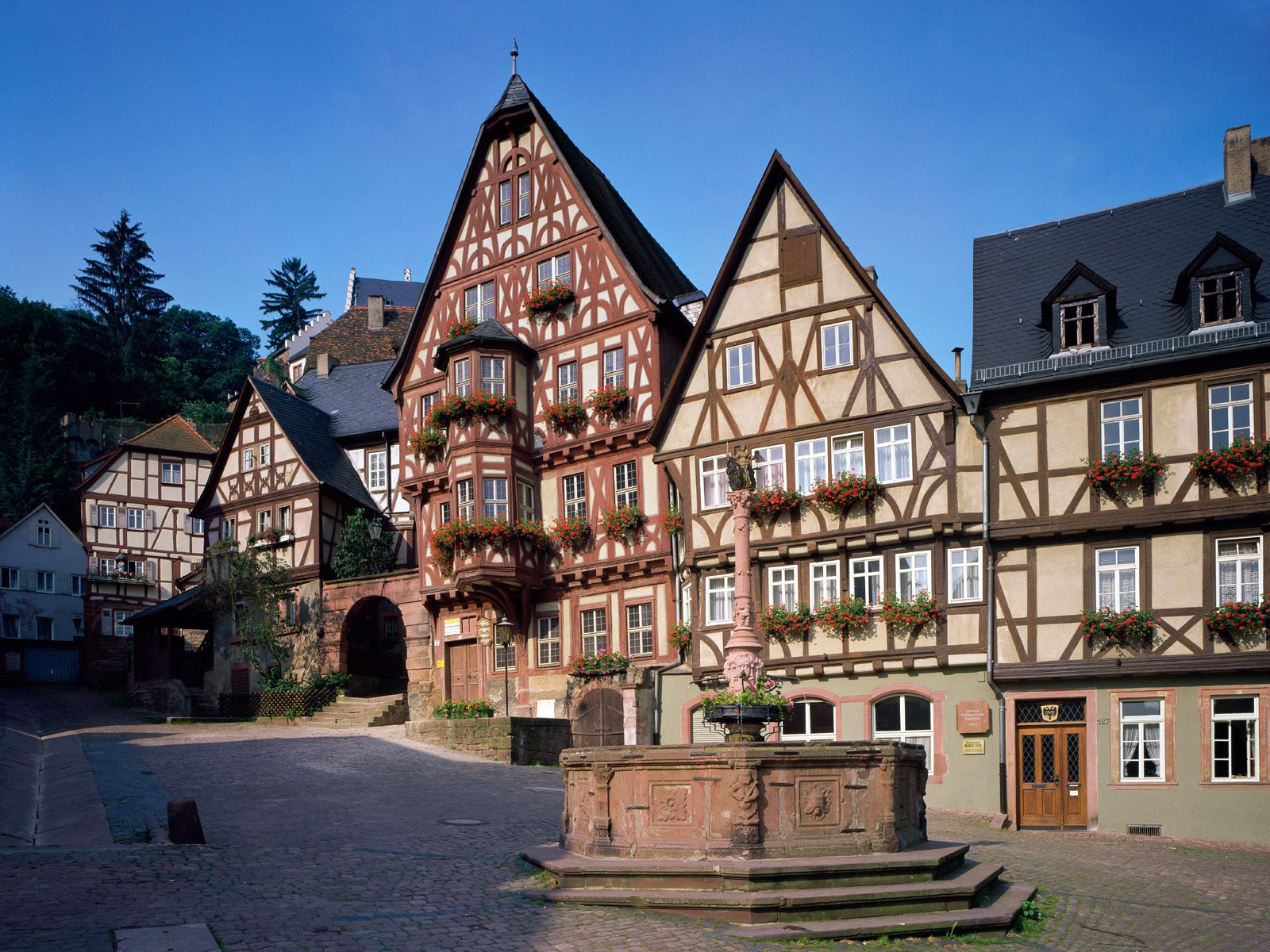Global Travel Information
River Loire, France
The Loire River: France’s Majestic Waterway of History and Beauty
The Loire River, often referred to as the "last wild river in Europe," is one of France’s most iconic natural landmarks. Stretching over 1,000 kilometers (620 miles), it is the longest river entirely within French borders, winding through picturesque landscapes, historic towns, and some of the country’s most magnificent châteaux. From its source in the Massif Central to its estuary at the Atlantic Ocean, the Loire is not just a river—it is a living testament to France’s cultural, historical, and ecological heritage.
The Loire’s Natural Splendor
The Loire begins its journey high in the Ardèche department, near Mont Gerbier de Jonc, where three small springs merge to form its initial flow. As it travels northward, it gathers strength from tributaries like the Allier, Cher, and Vienne, eventually turning westward toward the ocean. Unlike many European rivers, the Loire remains largely untamed, with no major dams disrupting its natural course. This allows for a dynamic ecosystem, where sandbanks shift with the seasons and wildlife thrives.
The river’s valley is a UNESCO World Heritage Site, celebrated for its biodiversity. Over 160 bird species, including herons, kingfishers, and even the rare European beaver, call the Loire home. The seasonal flooding creates fertile floodplains, supporting vineyards, orchards, and farmland that have sustained communities for centuries.
A River of Kings and Châteaux
Perhaps the Loire’s most famous claim to fame is its collection of breathtaking châteaux, which dot its banks like jewels. During the Renaissance, French nobility and royalty built these grand estates as symbols of power and artistic patronage. The Loire Valley became known as the "Garden of France," where kings like François I entertained guests in opulent palaces.
Among the most renowned châteaux are:
- Château de Chambord – A masterpiece of French Renaissance architecture, with its iconic double-helix staircase attributed to Leonardo da Vinci.
- Château de Chenonceau – The "Ladies' Castle," spanning the Cher River with elegant arches and lush gardens.
- Château de Villandry – Famous for its meticulously designed Renaissance gardens, a feast of geometric beauty.
These castles are not just relics of the past; they remain vibrant cultural sites, hosting festivals, exhibitions, and even wine tastings.
The Loire’s Influence on French Culture
Beyond its castles, the Loire has shaped French art, literature, and cuisine. Writers like Honoré de Balzac and Gustave Flaubert drew inspiration from its landscapes, while painters such as J.M.W. Turner captured its ethereal beauty. The river’s fertile lands produce some of France’s finest wines, including Sancerre, Pouilly-Fumé, and Vouvray.
The Loire also played a strategic role in history. During the Hundred Years’ War, Joan of Arc famously crossed the river to help liberate Orléans from English siege. Later, it became a vital trade route, transporting goods like salt, wine, and timber to Atlantic ports.
Modern Challenges and Conservation
Despite its grandeur, the Loire faces modern threats. Climate change has led to unpredictable water levels, affecting both wildlife and agriculture. Pollution from urban runoff and industrial activity also poses risks. However, conservation efforts are underway, including rewilding projects and sustainable tourism initiatives.
Exploring the Loire Today
For travelers, the Loire offers endless possibilities. Cycling along the Loire à Vélo route provides stunning views of vineyards and villages. Boat cruises reveal hidden islands and medieval towns like Amboise, where Leonardo da Vinci spent his final years. Food lovers can indulge in local specialties like rillettes, goat cheese, and fresh river fish.
Conclusion
The Loire River is more than a waterway—it is the soul of central France, weaving together nature, history, and culture in a way few places can. Whether you’re marveling at a sunset over Chambord, sipping wine in a riverside vineyard, or simply listening to the whisper of its currents, the Loire leaves an indelible mark on all who experience it.
As the French saying goes: "La Loire, c’est la vie." (The Loire is life.) And indeed, this majestic river continues to breathe life into the heart of France.
(Word count: ~850)

Would you like any sections expanded or additional details on specific aspects like wine regions, historical events, or travel tips?
相关文章
- Elbe River Botanical Gardens: Flowers & Plants Along the Banks
- Elbe River Zoos & Aquariums: Family Fun Near the River
- Elbe River Amusement Parks: Rides with River Views
- Elbe River Camping Spots: Pitch a Tent by the Water
- Elbe River Glamping Sites: Luxury Camping Along the Banks
- Elbe River RV Parks: Stay in Your Camper Near the River
- Elbe River B&Bs: Cozy Accommodations with a Personal Touch
- Elbe River Hostels: Budget Stays for Young Travelers
- Elbe River Business Travel Guide: Meetings & Events Near the Water
- Elbe River Conference Venues: Spaces with River Views
发表评论
评论列表
- 这篇文章还没有收到评论,赶紧来抢沙发吧~


